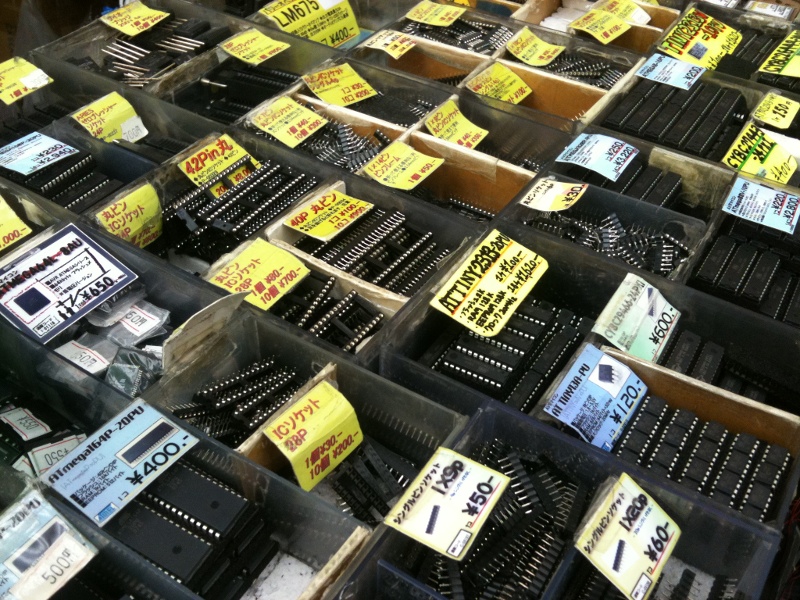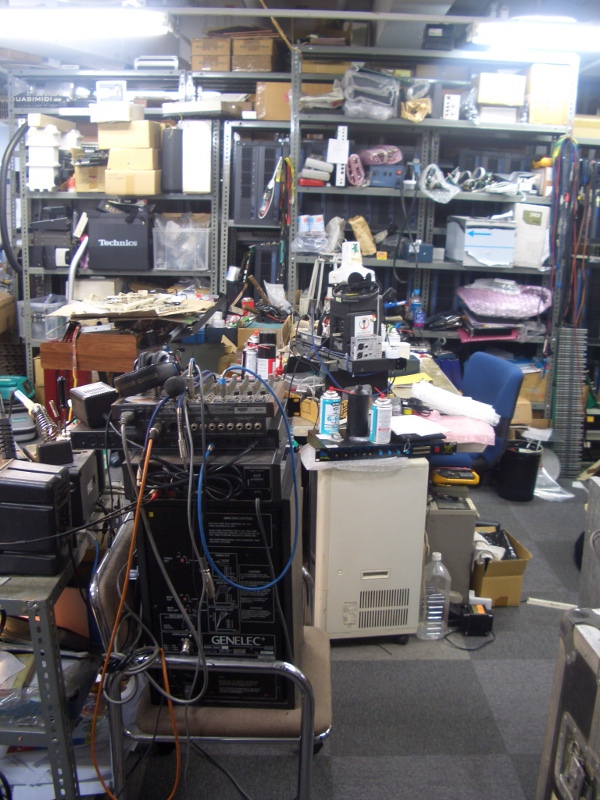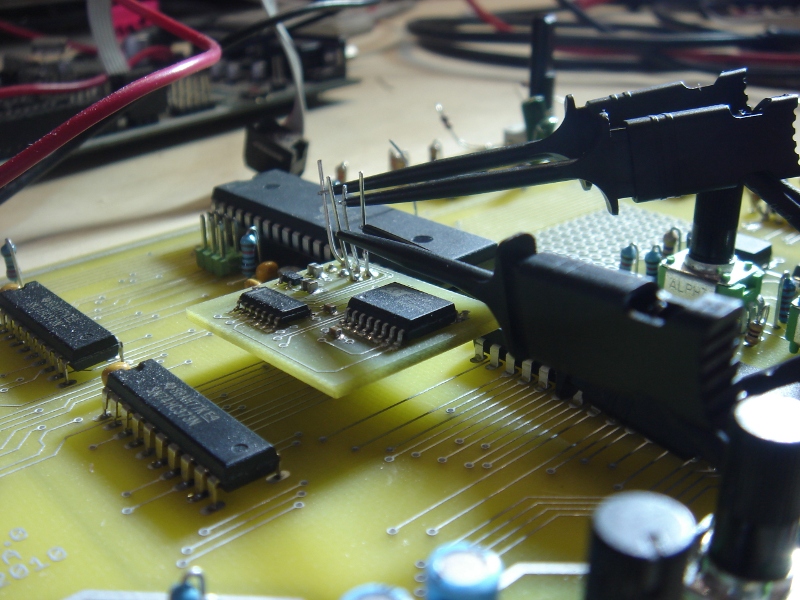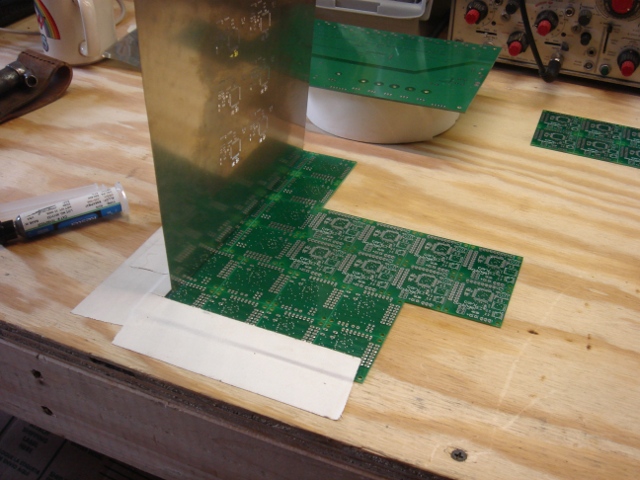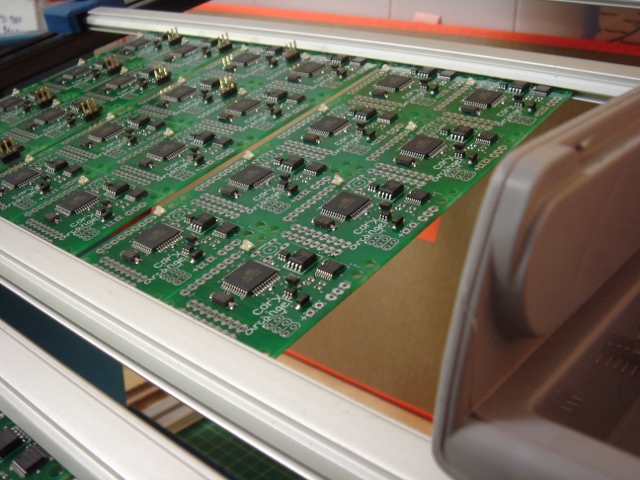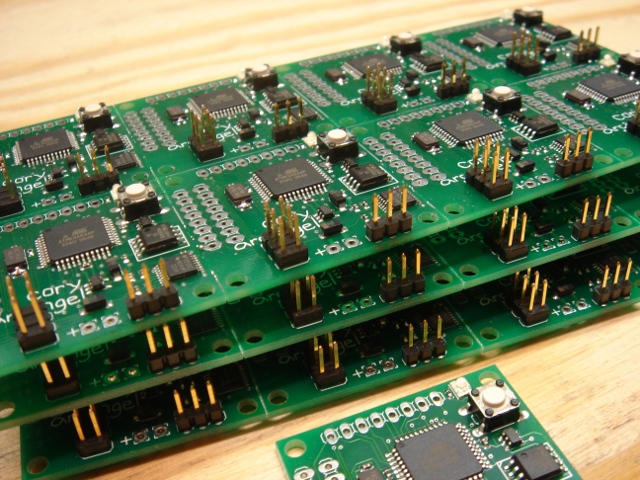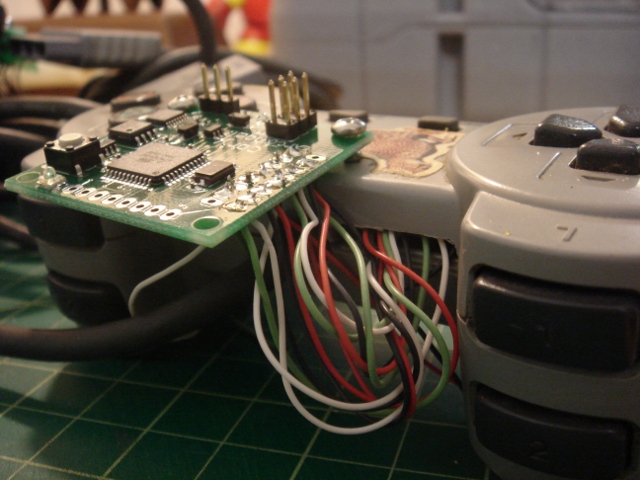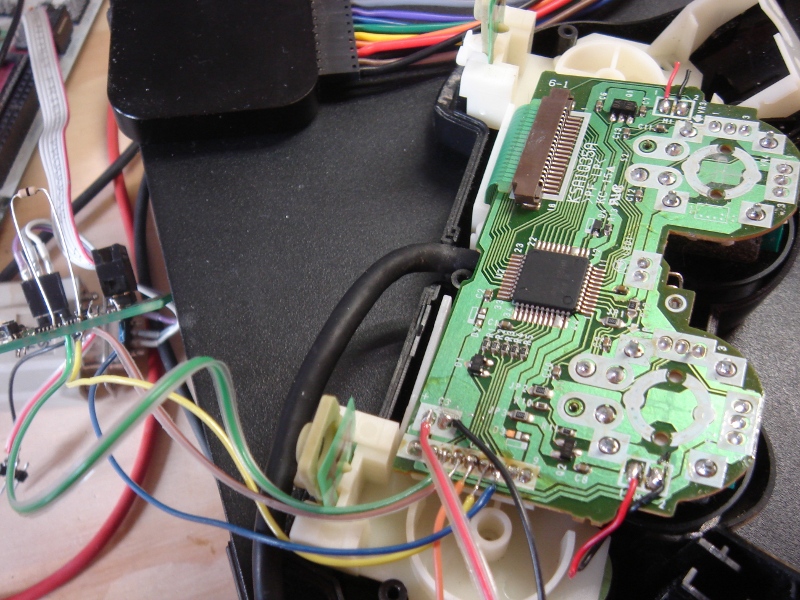
So I’ve been building a bunch of video game controller controllers (game TiVos we call them) for Cory Arcangel for a big Barbican show. It’s pretty much everything from the Odyssey / Atari 2600 to the PS2. Basically, their job is to play back (repeat) a played video game in an artsy way, and to talk to a host computer for file transfer, etc etc. Most of them work by snooping the active-low buttons during the recording, then pulling those buttons low during playback at the right time. There is NO WAY this stays in sync with the system, but that kinda wasn’t the point.
However, it turns out for the PS2, that some of the bowling (yes, bowling) games Cory wanted used the ANALOG BUTTON PRESSURE coming off the controller. I was already an advocate of reading and replaying the serial stream from the controller rather than messing with the switches, but it turns out to do these games you pretty much have to do that. So, here I am, learning PS2 serial protocol. There are tons of notes online on this, but I especially liked and used Andrew McCubbins’ “PSXCONT” notes (though I couldn’t find his source code). The UPCB project, as usual during this video game project, was very helpful. Micah Dowty’s notes were really helpful. Lastly, the curious inventor PS2 site rules.
There had to be a lot of bus turnaround kind of thing to both read and playback the PS2 stream, so I needed an external MUX which I made from a 74HC157.
Armed with all that, I hooked up the TiVo, wrote some test code, let her rip, and watched the serial stream for boo-boos using the Saleae Logic analyzer.
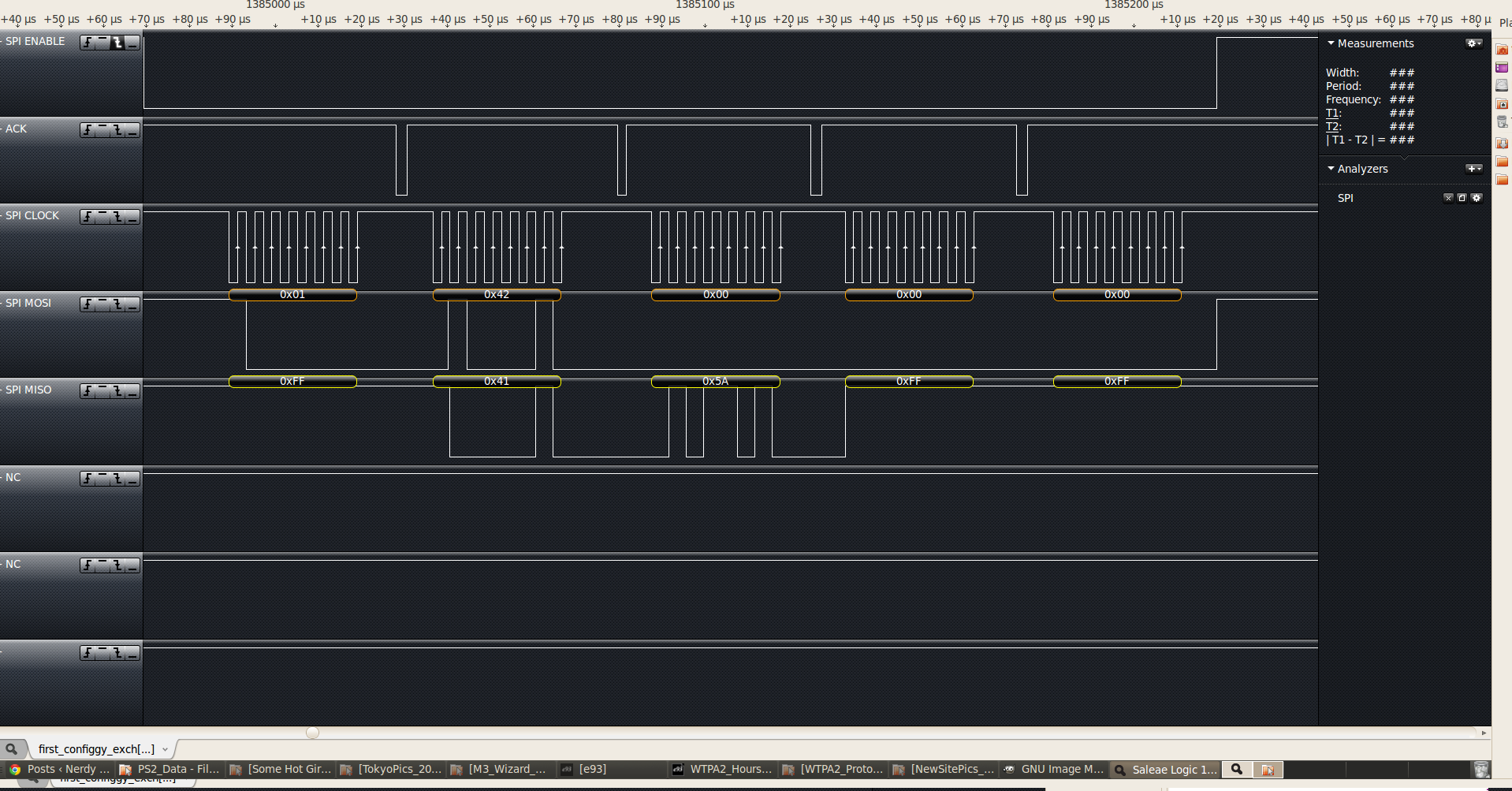
There were lots, and they had to do with non-deterministic boot times and the initialization sequence it takes to convince the PS2 that the controller is legit. More later.
